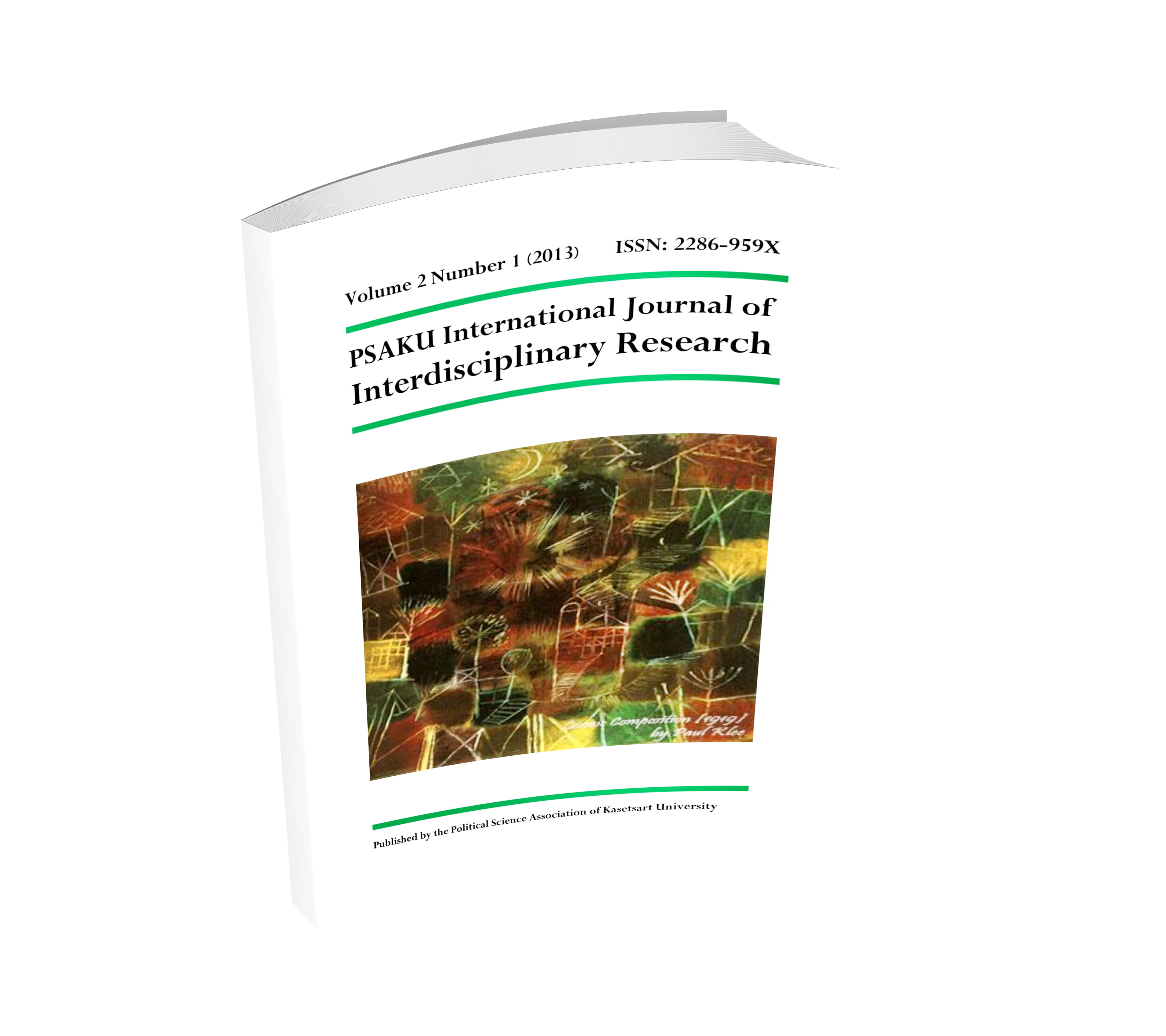Historical Development of Thailand’s Monopolistic Economic Structure from 1826-2006
Keywords:
Monopolies in Thailand, Thailand’s Antimonopoly Law, Thailand Economic Development, Thai Trade Competition Act Of 1999Abstract
To thoroughly understand Thailand’s chronic problems of collusive business practices and abusive of dominant market powers by monopolies, it is essential to comprehensively examine the historical development of the country’s politico-economic environment. If Thailand does not learn from its previous mistakes, existing problems will recur and pose an intractable obstacle to implementing current antimonopoly law, the Trade Competition Act of 1999. This paper explains the unique transformation of Thailand’s economic monopolistic structure and related politic hurdles in three distinct stages. The first stage began with the signature of an international trade treaty between Siam and England in 1826 during a period of absolute monarchy. The next stage started with the early democracy prompted by the Siamese Revolution in the 1930s. The final stage involved the adoption of a more capitalistic market structure through the support of the United States in the 1960s, the influx of foreign investment during the1980s, and an economic boom and bust in the 1990s through present. Finally, the paper suggests recommendation and provides prophylactic solutions to eliminate current problems.
Downloads












.png)


